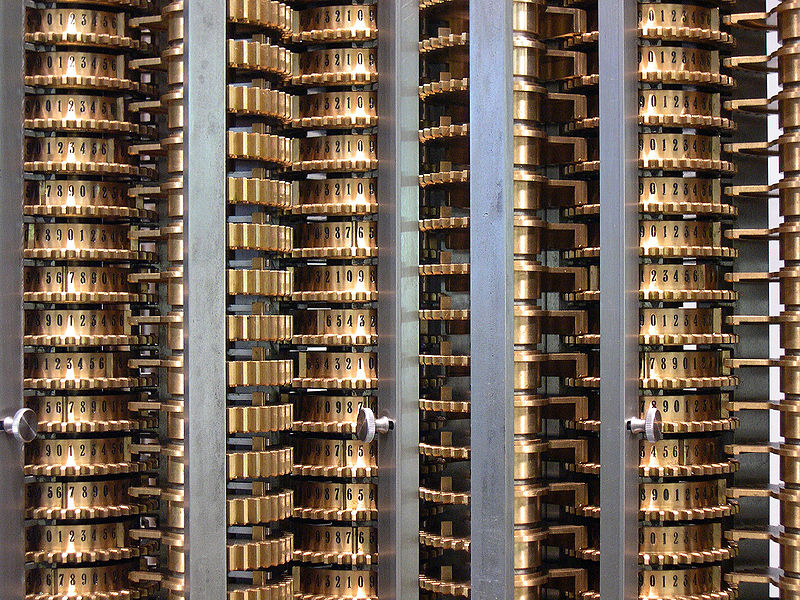

UK charity Plan 28 has launched the first stage of its fundraising efforts, hoping the money will help it build Charles Babbage’s Analytical Engine – the Victorian mathematician’s unfinished project that could have become the world’s first general purpose computer.
The organisation needs to get £250,000 to complete its research and create a fully functioning 3D model, before it can physically build the computer, which the group hopes to power using steam, as Babbage would have done.
Babbage, born in 1791, was a Victorian mathematician, philosopher, inventor and mechanical engineer who pioneered the concept of a programmable computer. He was working closely with Ada Lovelace, who is credited with writing the world’s first computer programme, designed for Babbage’s Analytical Engine.
In July, 2011, the Computer Conservation Society, responsible for providing advice and assistance for many historical computer reconstructions, accepted the Analytical Engine into its project portfolio. The charity aims to raise its initial funding from public subscription, and accepts donations online and via mobile.
The Analytical Engine, likely to be the size of a small locomotive and programmed through punch cards, was first envisioned by Babbage in 1837, about a century before Alan Turing described his Turing machine. A few experimental assemblies were attempted in the 19th century, but no one has ever built a working Engine.
The first two stages of the project will result in a complete 3D simulation of the machine, necessary to determine if the Engine would have worked. They are expected to take two to three years. The project is somewhat similar to the construction of the Difference Engine No.2, an earlier Babbage design, exhibited at the Science Museum since 1991.
“The machine is historically important and building it will provide a fascinating insight into the capabilities of Victorian engineering and the very earliest ideas on computing by machine. I do not see how the scale and pioneering ingenuity of this machine can fail to inspire today’s young engineers,” said Graham-Cumming.
And indeed, Babbage’s ideas are still able to inspire. In 2010, researchers at the Case Western Reserve University in Ohio created an electromechanical switch based on the mathematician’s designs, which could operate at extremely high temperatures. It is thought that this development could help build virtually indestructible computers that will work in space, or deep below the surface of the earth.
What do you know about Europe’s role in Tech history? Take our quiz!
All Cybertrucks manufactured between November 2023 and February 2025 recalled over trim that can fall…
As Musk guts US federal agencies, SEC issues summons over Elon's failure to disclose ownership…
Moonshot project Taara spun out of Google, uses lasers and not satellites to provide internet…
Pebble creator launches two new PebbleOS-based smartwatches with 30-day battery life, e-ink screens after OS…
Amazon loses appeal in Luxembourg's administrative court over 746m euro GDPR fine related to use…
Nvidia, xAI to participate in project backed by BlackRock, Microsoft to invest $100bn in AI…
View Comments
It drives me bonkers that they keep calling her Ada "Lovelace." She's Lord Byron's (George Gordon's) daughter, which makes her Ada Gordon OF Lovelace. Jeez, get your facts straight, fer Chrissakes. She's not a porn star.
Thank you for your trenchantly put opinion, which is wrong.
The fact is that Ada is commonly known as Ada Lovelace, and never referred to as you suggest, except in error.
If we wanted to use a different name, we could call her "Ada King of Lovelace" as King was her married name.
We could also insist on her christened name Augusta Ada, which she never used as far as I knew. But really, I don't think so.
Peter Judge